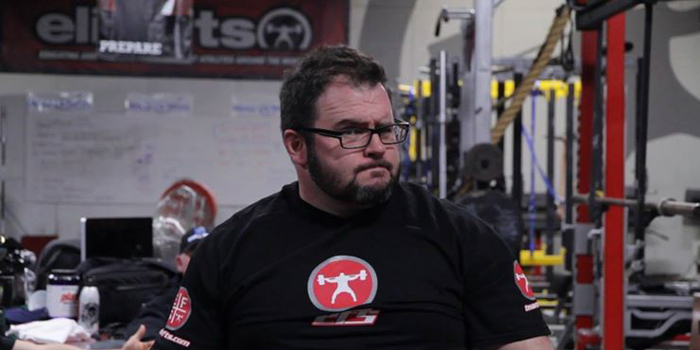
At the last LTT, JL Holdsworth did an outstanding presentation about finding your why as a coach. Basically imagine 3 circles with the smallest on labeled "why" inside of a larger one labeled "how", inside of the largest one labeled "what".
WHY The Purpose
HOW The Process
WHAT The Product
Now when listening to Simon Sinek talk about the Golden Circle, he gives examples about companies who have done it wright and wrong. Here is a crude comparison. Lets take an example of a running shoe company. Here is when they have the order confused.
What: We are a company that sells running shoes
How: We make quality shoes at affordable prices.
Why: We want runners to have options when it comes to shoes. As Sinek would agree, this really doesn't not get anyone interested in this company.
Let's reverse the order of the same theoretical company.
Why: We want runners to have the best opportunities to succeed.
How: By supplying them with high quality shoes.
What: By producing quality and affordable running shoes. Now, there aren't many differences in those statements, but the order matters. Figuring out your "why" is the first step in succeeding in any endeavor you choose. Here are some other examples.
Elitefts
The Why: educate and outfit the strongest athletes around the world.
The How: by providing the most comprehensive and applied resources and the most quality equipment available.
The What: We are a web based company that produces content and equipment in the fitness industry. Not sure if Dave would 100% agree on exactly how I worded that, but you get the drift. What if I presented that in reverse order? I would have lost you at "we make equipment". There are a lot of companies that make equipment. There are a lot that post articles, and some that do both. They "Why" has always been, is, and will always be the difference.
So how does this apply to strength & conditioning?
As strength & conditioning professional, figuring out your "why" is essential for career success. No one gets into the strength & conditioning field because they want to make money. No one thinks when they open a new facility that they are going to be rich. Collegiate strength & conditioning is one of the most competitive professions there is. There are so many internal and external frustrations that get to coaches. It is a profession that just about everyone either quits or gets fired. Don't believe me? How many college strength coaches do you know that have retired? Think about it. the success rate of a strength coach is right around 0%. Not saying it can't be done, but there are a lot of sacrifices that need to be made. Coaches often need to focus their time on a multitude of administrative and secondary tasks just to coach in the weightroom. The hours almost always suck, even in the private sector, and there is no doubt about the commitment level needed. Coaches should make sure they are constantly remembering "Why" they became a coach in the first place.
Strength & Conditioning Coach
This is my why, how, and what that I hopefully coached by during my career. The key is finding your own why.
The Why: To ensure that the young men and women that I coach and mentor are better athletes, lifters, and most of all, better people from when they arrived at the university. To make a life long lasting impact on their care
The How: By providing a comprehensive individualized training system that can be adapted to fit their needs and help them reach their goals. By providing the guidance and leadership to help become successful. And, to foster a competitive environment that gives them the skills they need to compete at the highest potential level they can on the field, on the court, in the weight room, and in life.
The What: To coach athletes on the proper techniques of speed, agility, mobility, and strength. To program sports specific training during all seasons. The question that most coaches answer is what they do. The one they need to continually ask is how they do it. The one they always have to answer is why they do it. Here is a video from Simon Sinek that Dave had sent us.
Worth a watch or at least a listen.
THURSDAY 1 Arm Kettlebell Snatch 3x5 each arm Barbell RDLs 232 for 3 sets of 10 Step-ups 1x10 each leg Ring Fall-Outs 1x20
SATRUDAY Neutral Grip Chin-ups on the Erect-A-Rack Grip 1 x8, Grip 2 x6,Grip 1 x4, Grip 2 x2 Supersetted with... Handstand Push-ups 8,6,4,2 Rings Rows w/ Feet Elevated 3 x10 Supersetted with Barbell Bench Press 205 for 3 sets of 10 Ring Tricep Extension DB Lateral Raise
A photo posted by Mark Watts (@mjdubs_elitefts) on








